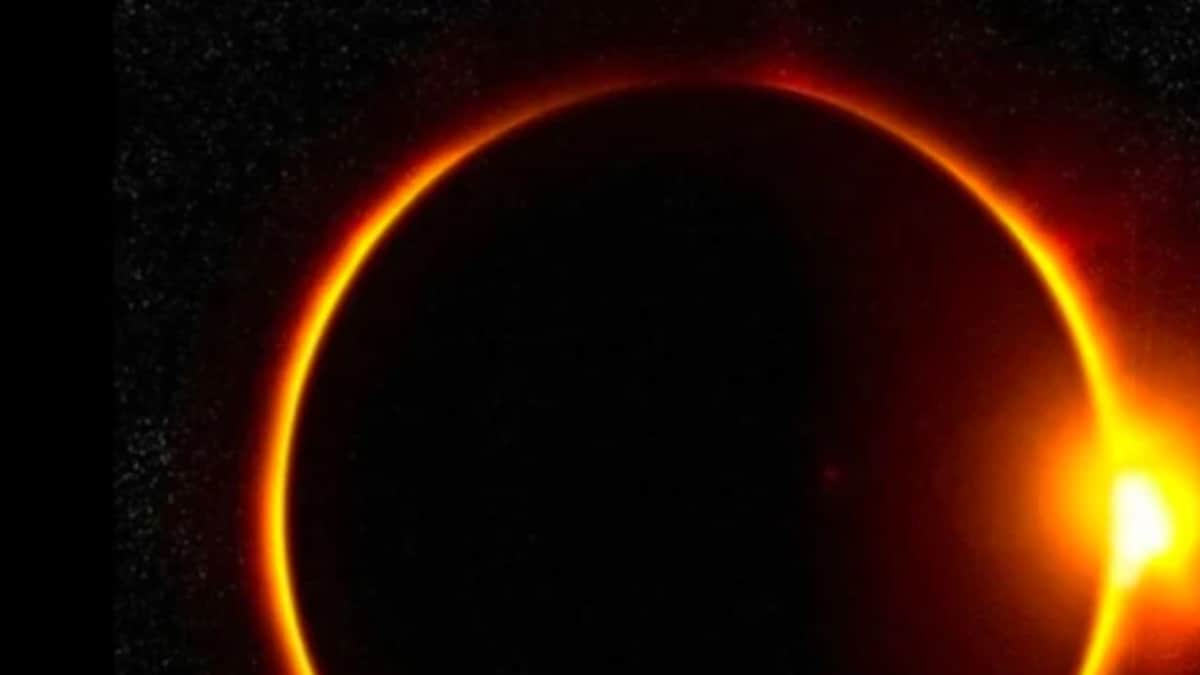Last Updated:

Footage shows the Moon’s shadow above the Earth. (Photo Credits: X)
Astronauts onboard the International Space Station (ISS) also witnessed the solar eclipse.
Residents in Mexico, Canada, and the United States were treated to a spectacular event: a total solar eclipse on April 8. This rare occurrence happens when the Moon completely obscures the Sun’s rays. While many marvelled at the eclipse from the ground, astronauts had the best view from space.
From space, it appeared as a dark shadow moving slowly over the continent. The International Space Station (ISS) captured this remarkable sight, with the path of totality stretching from Mazatlan, Mexico to Newfoundland, Canada, and traversing 15 US states. Although total solar eclipses occur worldwide every 11 to 18 months, viewing one from the Earth’s surface is a rare occurrence. The last such event in the US took place in 2017, with the next expected in 2045.
A total solar eclipse occurs when the Moon moves between the Sun and Earth, blocking most of the Sun’s light. Even though the Sun is much larger than the Moon, its distance from Earth makes its size appear similar to us. This creates a perfect alignment during an eclipse, where the moon neatly covers the entire Sun, leaving only its fiery edges visible. Meanwhile, sharing the video from ISS, NASA wrote, “Ever seen a total solar eclipse from space? Here is our astronauts’ view from the Space Station.”
NASA scientist and veteran astronaut Terry Virts, who has earlier witnessed the spectacle from space shared his experience and told USA Week, “When I was in space in 2015, we saw an eclipse over the North Atlantic. It was an eclipse that very few humans saw I think, but it was a really unique experience to look down and just see this big black circle kind of moving across the planet. It was unlike anything I’ve ever seen. I joke I’m glad they told us there was an eclipse because it would have been unsettling to look down at Earth and see this black spot moving across. It was really cool.”
Meanwhile, this year, Matthew Dominick and Jeanette Epps were the lucky NASA Flight Engineers who captured the black shadow of an eclipse covering the continent.
According to Forbes, the solar eclipse on April 8 lasted for 4 minutes and 26 seconds at the Mexico-US border in Texas. The event became North America’s first total solar eclipse in six years, seven months and 18 days. Some fortunate locations like Perryville and Cape Girardeau in Missouri, Paducah in Kentucky, and Carbondale, Du Quoin, Marion, Makanda, Harrisburg, and Metropolis in Illinois, experienced totality twice on August 21, 2017, and April 8, 2024.

